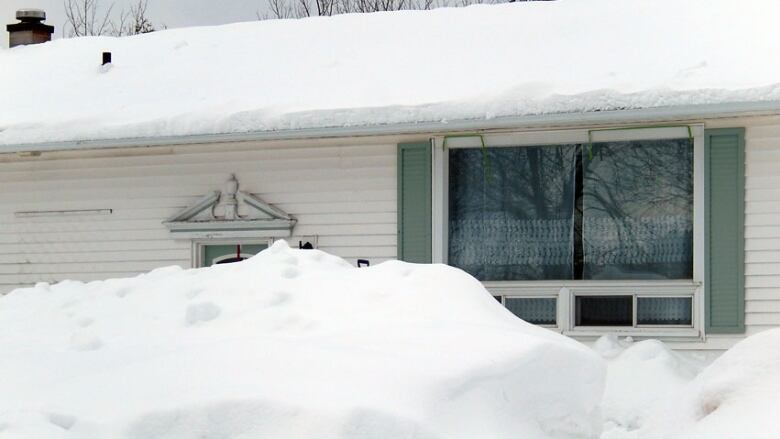Snow-covered civic numbers hindering emergency response, RCMP say
Officers are finding it difficult to locate some 911 callers

RCMP officers in New Brunswick are finding it difficult to respond to emergency calls because so many civic numbers are covered in snow, says one official.
Sgt. PaulOuellette, the detachment commander inShediac, says there have been several occasions officers have found it challenging to locate 911 callers.
"It is extremely important that emergency services are able to locate an address as soon as possible when dispatched to emergency situations," said Ouellette.
In an emergency, every second counts.- Sgt. Paul Ouellette, RCMP
Rural areas have been the most difficult to navigate, he said.
"The amount of snow that has fallen and the plows pushing the snow, they've hidden those little blue placards that oftenwe depend on to find the houses in question, because the houses most times are farther from the road,"said Ouellette.
"Now, we can't actually see the number of the house sometimes. You know, a person's safety could depend on getting there as quickly as possible."
RCMP are urging home and business owners to clear the snow away and ensure their civic numbers are visible in the event of an emergency.
"In an emergency, every second counts," said Ouellette.
Some parts of New Brunswick have already broken normal wintersnowfall totals, with several weeks of winter left.
In Saint John, for example, where city officials recently declared a state of emergency, 184.4 centimetres of snow was reported in February, according to CBC meteorologist Kalin Mitchell.
That is the highest amount reported for a February with records going back to 1871, said Mitchell.The previous February record was 135.0 centimetres in 1992, he said.












_(720p).jpg)


 OFFICIAL HD MUSIC VIDEO.jpg)
.jpg)



























































































